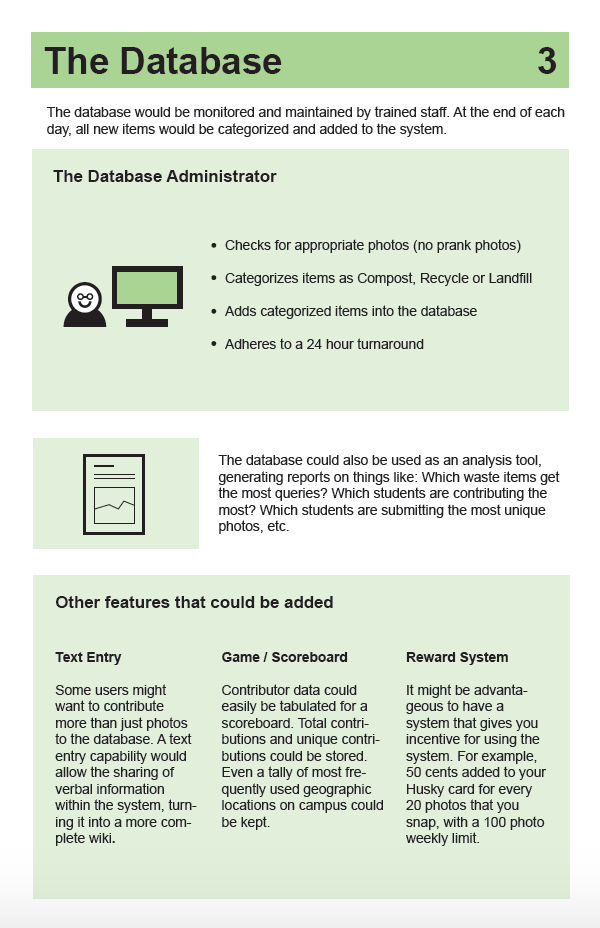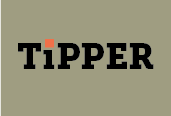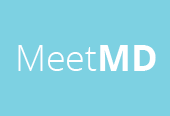Project Description
What is Wastepedia?
Ever wondered "Is this waste supposed to go in Recycle or Compost? Wastepedia is a system that helps people answer that question quickly, using their cellphone camera, an image recognition app, and a database with an administrator. The users either get a quick answer about which bin to use, or they get the satisfaction of knowing that they were part of a large crowd-sourcing effort to build the photo database that provides the answers.
How does it work?
Users snap a photo of the waste item in question with the Wastepedia app on their cellphones. The image is immediately compared to the database of categorized waste item images, and an answer is returned, like "Starbucks Cup: Cup-compost, Sleeve-compost, Lid-recycle". If the image is NOT in the database, the message is "Thanks, you just added a new photo to the Wastepedia database. 24 hours from now, anyone who snaps the same item will get an immediate answer thanks to you." The database administrator categorizes all new photos within 24 hours.
What was my part?
I listened to and consulted with the client (UW Garbology Dept). I then ideated and sketched 13 different ideas which help promote behavioral change surrounding improvable waste disposal habits. These were then reduced to 3 ideas. The eventual winner came after I had a light-bulb-moment regarding crowd-sourcing via cellphone, and found an existing image recognition app (Recognizer) that provided proof-of-concept. I also created the 3-board presentation (in Illustrator) that was used to present the final idea to the client, who liked the concept.
Process Overview
Why do this?
Within the University of Washington is the Garbology Department, which is dedicated to the goal of eventually keeping 90% of the UW waste out of landfills. They came to our group and asked us to help come up with new ideas to inspire improvements in student behavior surrounding waste disposal, to help meet that goal. This problem is generalizable to the entire US population, if not global, and is in itself a worthy cause. I decided to take on the element of making it easier for students to learn what goes where.
My Process
For this time-constrained project, my only primary research was participating in the group interview with the client and some guerilla Q&A with some students regarding how much they care about using the correct bin. I did some secondary research regarding recycling and composting services that the UW employs. Armed with only that, ideation began. I sketched out 13 ideas, and presented them to our whole group. The list was reduced to 3. One of the rejected ideas was dependent on having a scanner at every waste station, which was prohibitively expensive, but it got me thinking about using cheaper ubiquitous technology - cellphones. I found a very robust image recognition app for the iPhone (Recognizer) and used that as proof of concept. At the final presentation, I talked through the 3 boards that I did in Illustrator, and Wastepedia was accepted as a viable alternative by the client.
Design Results
The eventual final design had some very strong elements. Crowd-sourcing has been and will continue to be a powerful way to get things done in a distributed way that lessens workload and increases ownership for everyone involved. Using cell phones (especially on a campus where everyone has one) as the technology was a strength - people know their phones, and if an app works, they stay with it. The app itself is basically just a simple camera app from the user standpoint. The speed of adoption of the system is unknown and would still have to be tested, were the product ever actually created. I think that given all the constraints, the solution was strong.
Presentation Materials









